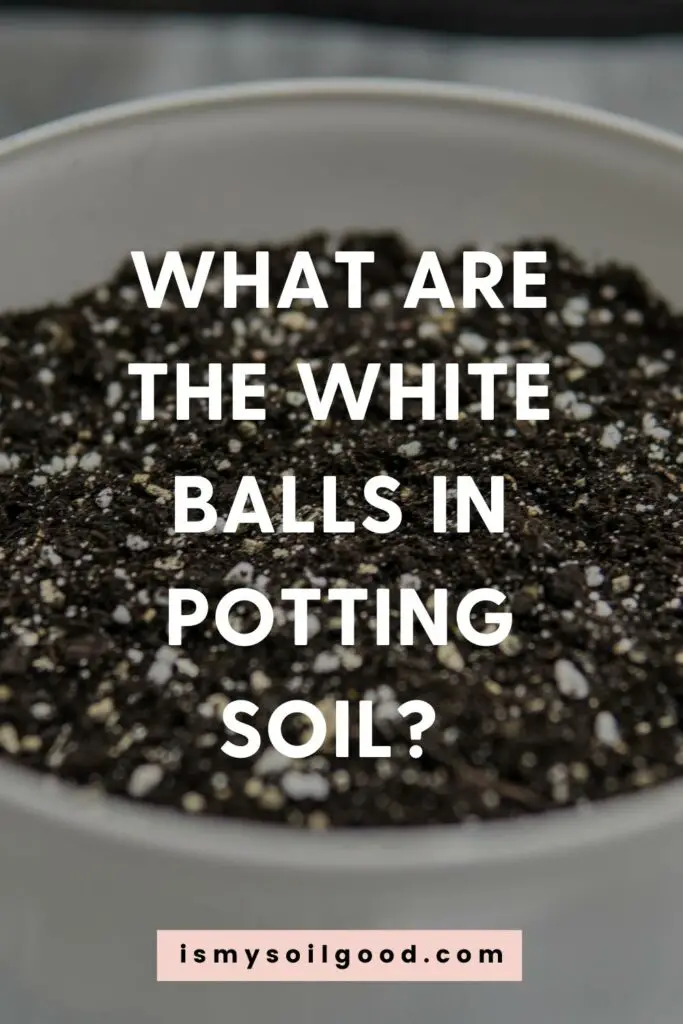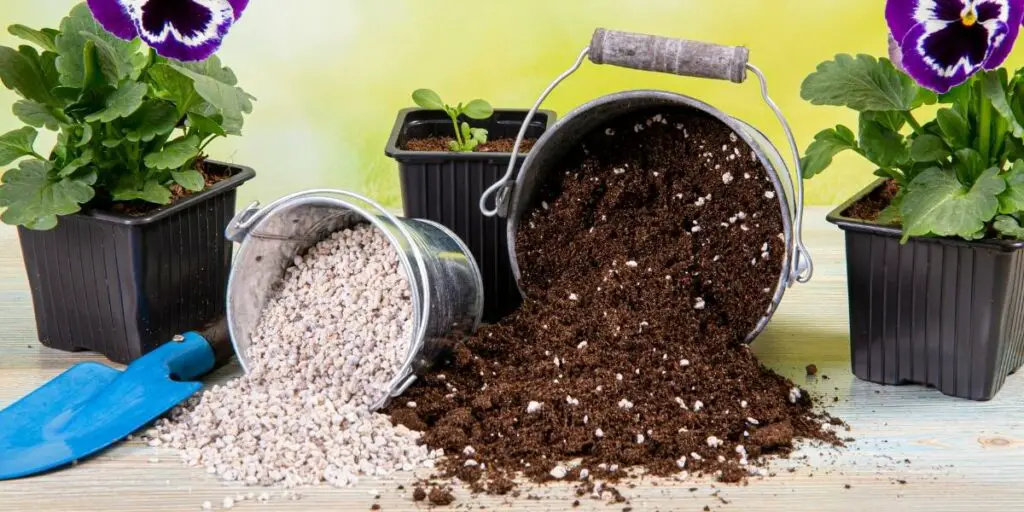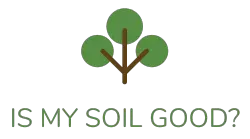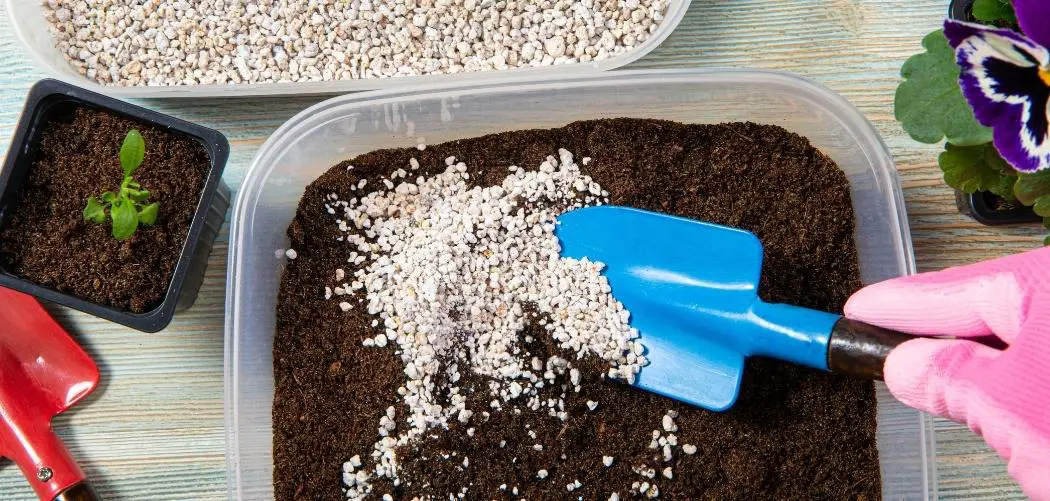We're an affiliate
We hope you love the products we recommend! Just so you know, we may collect a share of sales or other compensation from the links on this page. Thank you if you use our links, we really appreciate it!

If you’ve ever taken a close look at the potting soil in your garden, you may have noticed small, white balls scattered throughout. What are these mysterious little spheres, and what do they do? In this article, we will discuss What are they and their purpose in potting soil.
Table of Contents
What are the White Balls in Potting Soil?
The small, white balls you see in potting soil are called perlite. Perlite is a type of volcanic glass that is formed when lava cools quickly. It is lightweight and has a porous structure that allows it to hold water and nutrients well. Perlite is often used in gardening and agriculture as a soil amendment or growing medium.
What is the purpose of perlite in potting soil?
1. Perlite helps soil retain moisture.
When mixed with potting soil, perlite helps the soil retain moisture by providing tiny pockets of air. This is especially beneficial in hot weather or during periods of drought.
2. Perlite also helps soil aerate.
The porous structure of perlite also helps aerate the soil, which is necessary for the growth of healthy plants. Soil that is poorly aerated can become compacted, preventing roots from receiving the oxygen they need to thrive.
3. Perlite can improve drainage in the soil.
Perlite is full of tiny pores. These pores allow water to drain through the rock quickly, which in turn helps to improve drainage in the soil. and it also retains moisture well. This combination of properties helps to prevent waterlogging and promotes healthy root growth. In addition, the tiny pores in perlite allow excess water to drain away quickly, preventing the formation of standing water.
What are the disadvantages of perlite?
While perlite has many benefits, there are a few disadvantages to using it in your potting soil. First, perlite is very lightweight and can blow away in strong winds. second, because it is so light, it can float to the surface of the soil when watered from above, which can prevent water and nutrients from reaching the roots of your plants.

How long does perlite last in soil?
Perlite is a long-lasting soil amendment and can be used for many years. However, because it is so light, it may need to be reapplied every few years to keep it from blowing away or floating to the surface of the soil.
Are the white balls in potting soil always perlite?
No, the white balls in potting soil are not always perlite. Sometimes, they can be vermiculite, which is another type of volcanic glass. Vermiculite has a similar structure to perlite but is more absorbent. It is often used in potting mixes for plants that require more moisture, such as succulents. However, vermiculite can also be used in conjunction with perlite to create a well-aerated and moisture-retaining potting mix.
Is perlite toxic to humans?
No, perlite is not toxic to humans. In fact, it is often used in food preparation as a filtering agent.
Is perlite dust dangerous?
When perlite dust is inhaled, it can cause irritation to the lungs and respiratory tract. In severe cases, it can lead to pulmonary edema or fluid build-up in the lungs. For this reason, it is important to avoid inhaling perlite dust and to wear a dust mask when working with large quantities of perlite.
Can you grow plants in just perlite?
No, you cannot grow plants in just perlite. Perlite is often used as an amendment to improve the drainage and aeration of potting soil, but it does not contain the nutrients that plants need to grow. For this reason, perlite must be mixed with potting soil or another growing medium before it can be used for planting.
Conclusion
Perlite is a type of volcanic glass that is formed when lava cools quickly. It is lightweight and has a porous structure that allows it to hold water and nutrients well. Perlite is often used in gardening and agriculture as a soil amendment or growing medium. Perlite has many benefits for plants. It can help improve drainage and aeration in heavy soils, and it can also help retain moisture in sandy soils.

